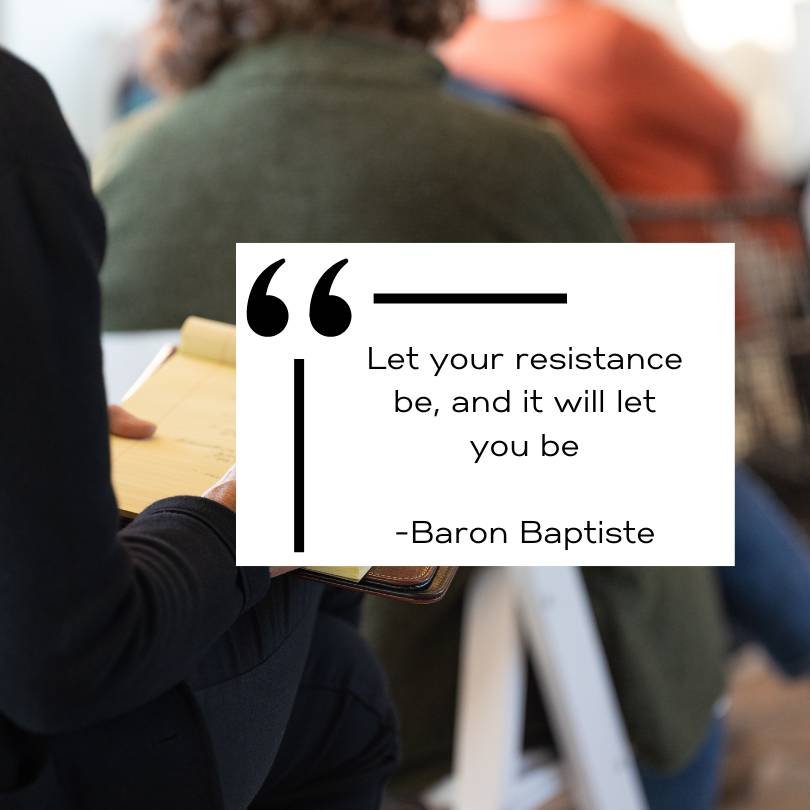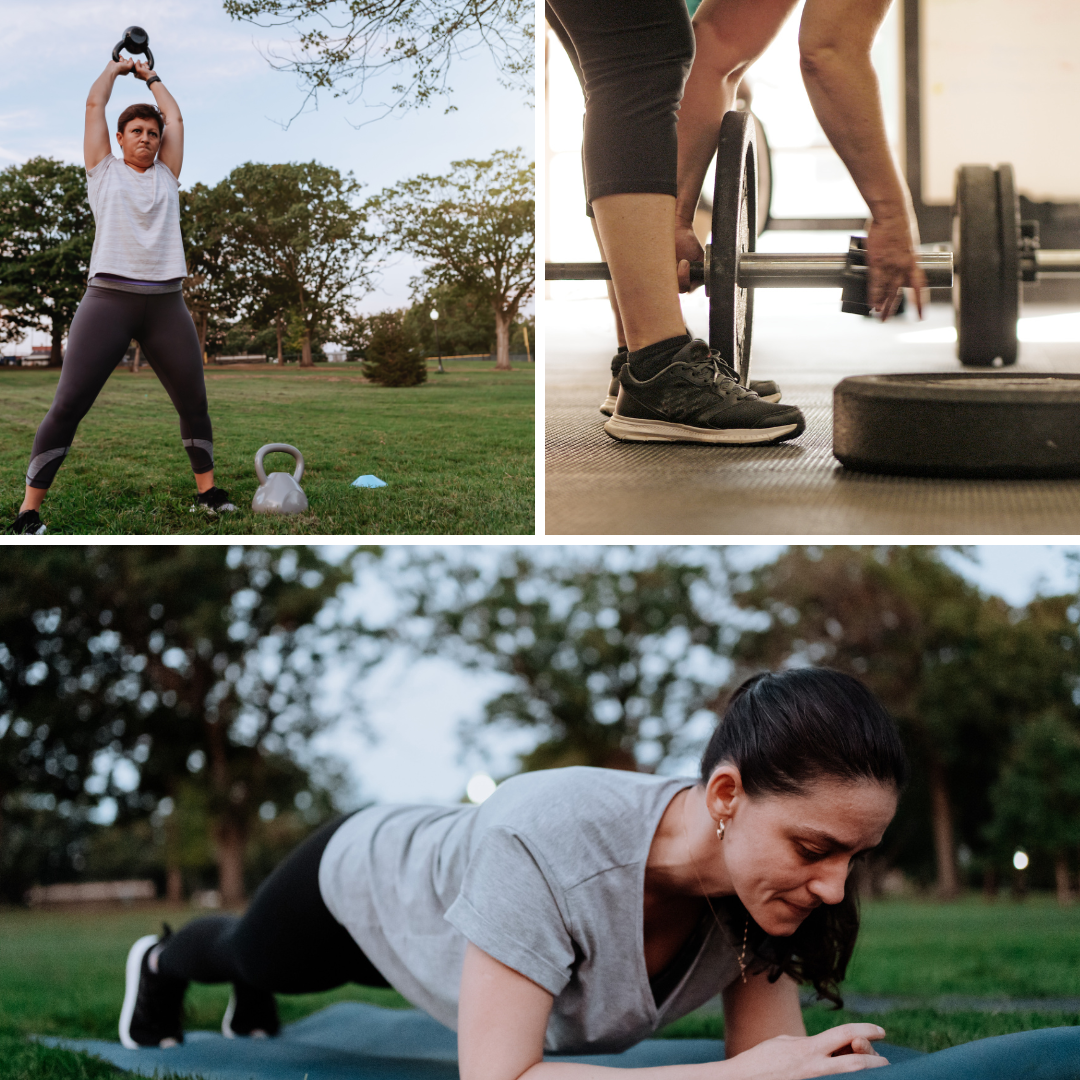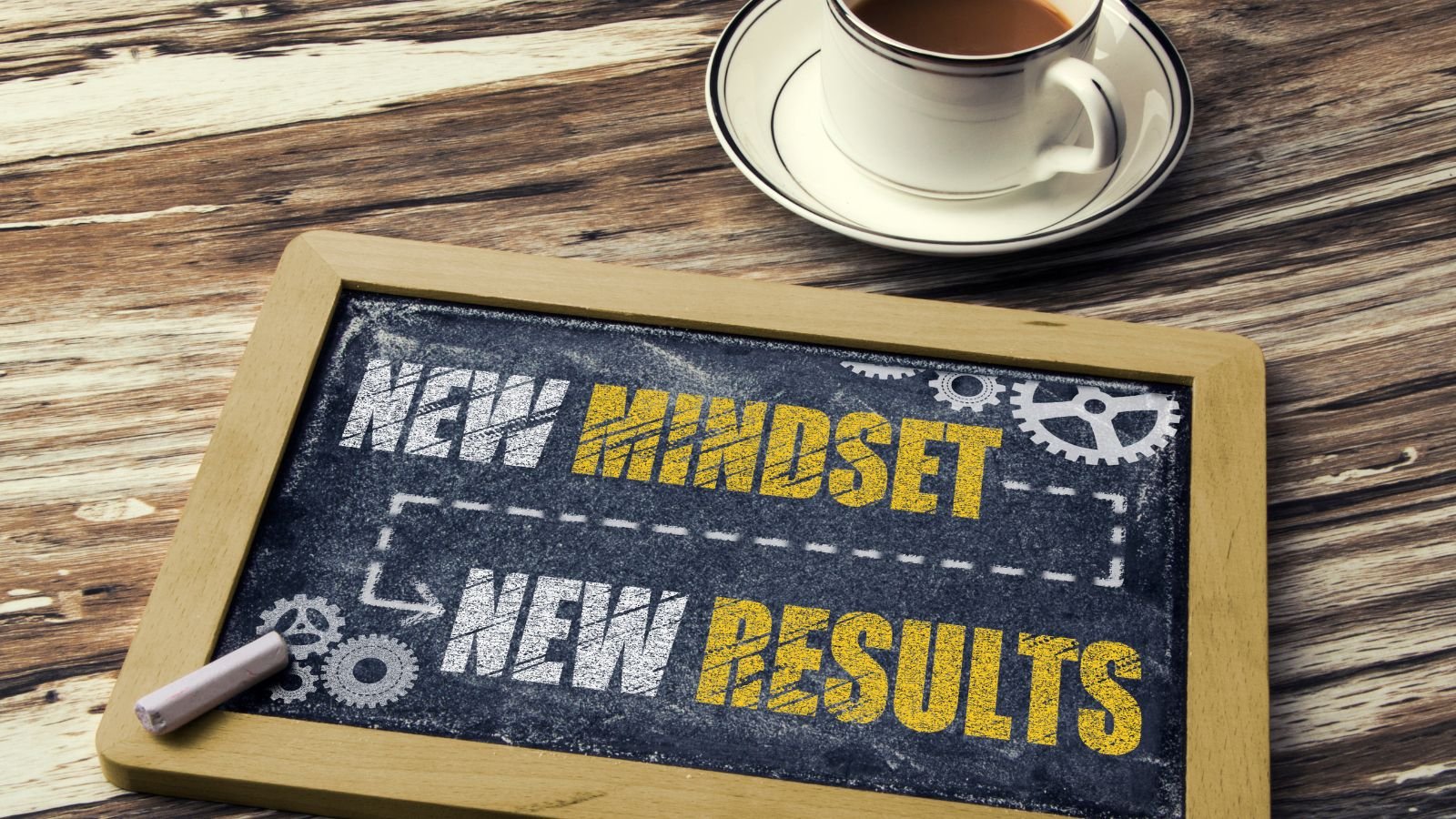Overcoming Resistance to Achieve Your Vision: A Midlife Women’s Guide
Discover how midlife women can identify and overcome resistance to achieve their goals and live their vision. Learn practical tips and strategies to conquer self-doubt, procrastination, fear of failure, and other forms of resistance.
Unlock A Renewed You: The Power of Short-Term Health Challenges for Lasting Habits
Discover the dynamic benefits of time-limited health challenges, from kickstarting healthier choices to building accountability and momentum. Explore how to initiate a personal challenge and step into a healthier, more vibrant lifestyle today.
Unlocking the Secrets to Aging Gracefully
Aging is inevitable, but it doesn't mean we must passively accept its effects. This comprehensive blog post explores the power of functional training in defying the physiological challenges of aging. Functional training is vital in preserving youthful vitality.
Discover how functional training can defy the physiological challenges of aging. Explore what functional training is and why it's crucial for preserving vitality as you age. Whether you're new to muscle fitness or looking to enhance your current routine, this comprehensive guide provides valuable insights into aging gracefully.
Mindset Transformation: How to Break Free from Limiting Beliefs and Achieve Your Goals
Are you ready to transform your life? We all aspire to improve ourselves, whether eating healthier, building strength, improving sleep, or reducing stress. But let's face it, starting and sticking with these changes can be tough. So, what's the secret to shifting your mindset and achieving lasting transformation? Dive into the latest blog from Rumblings and discover the essential steps to break free from limiting beliefs, paving the way to finally conquer your goals for good!
How to Build Resiliency in Midlife
We all face life events and unexpected challenges that impact our daily routines. Unfortunately, many people don’t have the resiliency skills to help them reset after a setback, life event, or trauma. The hope is that we can overcome the setbacks and realize our healthy lifestyle can support us through challenging times and help us handle hard situations with more energy and focus. Check out these tips to build resiliency skills to help you navigate ups and downs on your behavior change journey.
Recognizing Midlife Challenges: Ladies, you’re not alone!
Midlife women have shared with us the many challenges they face. Weight changes, changes in their physical body shape, loss of strength and balance, or changes in their metabolism.
They’ve shared feeling achy, having pain, and experiencing a lack of stamina or fatigue which interefered with achieving their exercise and fitness goals. Eating healthfully and getting adequate sleep were also on the list.
They also shared difficulties staying connected and engaged with friends (or the loss of friends) and family due to life transitions. The lack of connection was often described as feelings of loneliness.
Women also felt torn between managing grown children, aging parents, and not having enough personal time to care for themselves.
The good news is you are not alone! Read more to find out what you can do to flourish after 50!
Midlife Transitions and Challenges: A Call for a Renewed Vision
You feel a “rumbling” inside yourself that your life should be different from what it is right now. You’re not alone. It’s common to experience an internal rumbling—a feeling something should be different or something needs to change. However, your old identity may be holding you back and sabotaging the future you. You may be stuck in old behaviors that are not aligned with who you are in midlife or who you want to be. It’s time to reimagine your midlife vision!
Our Tip to Banish the Midlife Blues
Feeling blue in midlife is common. It’s a time of a lot of change in an uncertain world. Creating a list of our accomplishments and successes over the last two years helped us feel grateful, content, and ok. Making this list, reflecting on it, celebrating change, and being grateful, helped us feel better. It served as a reminder that even when things happening in the world around us seems bleak, it’s possible to experience joy.
5 Ways to Embrace the Senior Discount
There is no category for midlife between young adults and seniors. Although AARP membership is open to adults 50 years or older and stores senior discounts often begin at 55, midlife women don’t think or feel like senior citizens. Plus, businesses and organizations aren’t effectively talking to midlife women in advertising, marketing campaigns, and customer service initiatives in a way that matches how we feel. This can take a toll on how we think about ourselves as we age. Read more on how to reset your mindset in midlife to age well, and embrace the senior discount!
12 Simple Makeup Tips for Midlife Women
Just like you refresh your wardrobe and update your style, you can use makeup and skincare to reflect your style and personality. Our friends Multi-Media Make-up Artists Amy Marie Reed and Carmelle Eickhoff provided 12 simple makeup tips for midlife women to adjust their routines to feel fresh and vibrant while living well from the inside out.
5 Ways to Reinvent Your Career
Today’s midlife women came of age during an era where women were told they could have it all; family, career, and fulfilling life where they could shape their destiny and choose their path.
We’ve spent the last year speaking with amazing midlife women who felt that same rumbling and have reimagined their lives and reinvented themselves to design a path for themselves that is more aligned with their values. They’ve reinvigorated their careers, built businesses, or taken risks to create a life to live well and flourish.
Read their advice and listen to your inner RUMBLING. You can take steps to align your career with your values to flourish through midlife.
Seven Great Tips for Finding the Courage to Change During Midlife
Midlife is full of change. We experience transitions ranging from kids graduating and starting on their own, caring for aging parents, health issues of our own, becoming grandparents, changing marital status, household moves, and career moves. Not to mention the changes that are happening with our bodies! Some of the changes are wonderful. Others are very messy and complicated. The only constant is the change itself.
How do you move through change in a way that is healthy and develops resiliency? These are a few of the guideposts that we’ve used to help ourselves and others navigate change.
Reduce Stress and Improve Happiness: 14 Great Books to Read This Summer
There is still something magical and simple about a book. The power to evoke an emotion, inspire action, ignite creativity, showcase diverse views, motivate change, and transport us to a different place and time through written language is a great gift.
As lifelong learners, we both have been avid readers. Still, this past year has brought diversity in our reading and added fiction back into a routine that has previously prioritized nonfiction, professional books. What’s interesting — and maybe a little counterintuitive — is that reading fiction can contribute to overall well-being.
25 Ways to Build Strong Loyal Friendships After 50
Social connections matter throughout your life, but especially in your 50s. Research has shown that strong relationships and personal connections help you live longer and bring joy to your life. Imagine the difference you can make in your own life and the lives of others by taking the first step to connect and build deeper relationships with these 25 fresh ideas.
14 Ways to Find Joy in Your Diet
As we enter the prime time of our lives, it's time to focus on joy and re-design our lives to live fully and authentically. Instead of a new diet for flourishing after 50, loosen the reins and seek joy in the experience of eating well without strict food rules. Use these 14 tips to bring joy back to eating.
The Key to Getting Fit After 50
What exactly is the difference between being physically active and exercising? Which is better for us for a sustainable lifestyle approach as we age?
Most of us have been told over the years that we need to participate in structured fitness programs - mainly cardiovascular or aerobic. For many, that means attending a class, getting on a cardio machine, running, or biking.
The truth is, physical activity and fitness aren’t all-or-nothing propositions. And doing one doesn’t negate the benefit of the other. The real trick is to find ways to incorporate physical activity throughout our day, every day, with or without a regular exercise routine.
More Than 25 Ideas for Living Well and Making This the Best Summer Ever
Spring is here! The days are growing warmer, longer, the birds are singing, and nature is awakening after a very long winter. Many women have been telling us they are emotionally exhausted - the fatigue comes from caring too much for too long. They’re feeling burned out after the heaviness and struggles of this past year. We feel it too. Let’s appreciate all we’ve been through and all we have learned about ourselves. It’s all helped us grow. Let’s look to the future and plan more fun and festive activities to do TOGETHER with friends and loved ones!
Discover 5 New Techniques to Improve Your Mind-Body Connection to Live Well After 50
For many of us, reaching 50 was the moment we asked if there was more to life or wondered if we had a purpose beyond family and work. It's not that we don't love our children, careers, or our families. We have a rumbling that there might be more for us individually in the next half of life. We can use practical tips, tools, and techniques to rethink our rhythm for living well after 50 and managing messy, midlife transitions.
How to Use Your Brain to Age Well and Stay Young
We all have the capacity to be fluid or fixed in our mindset. The growth path is to adapt to certain situations - to allow ourselves to be moved or changed due to our environment, experiences, and creative process. A fluid mindset creates new brain pathways leading to success, improves creativity, and helps growth, which will enable us to deal with the uncertainty ahead. At Rumblings, we believe our prime time and our best accomplishments are still ahead of us. To achieve our goals and make our dreams a reality, abundance, growth, and infinite mindsets are critical.
5 Ways to Uncover and Challenge Unconscious Biases Today
By uncovering your unconscious biases, you can reshape your perspectives, decisions, and behaviors. Adopting a learning mindset toward yourself and your personal biases is a start to making more conscious decisions, altering your thought patterns, and resetting your mindset for flourishing after 50.
Don’t miss a blog post - sign up for the Rumblings emails to receive posts delivered straight to you email inbox!




















